How Strategic Client Experience Becomes Your 7-Figure Secret Weapon
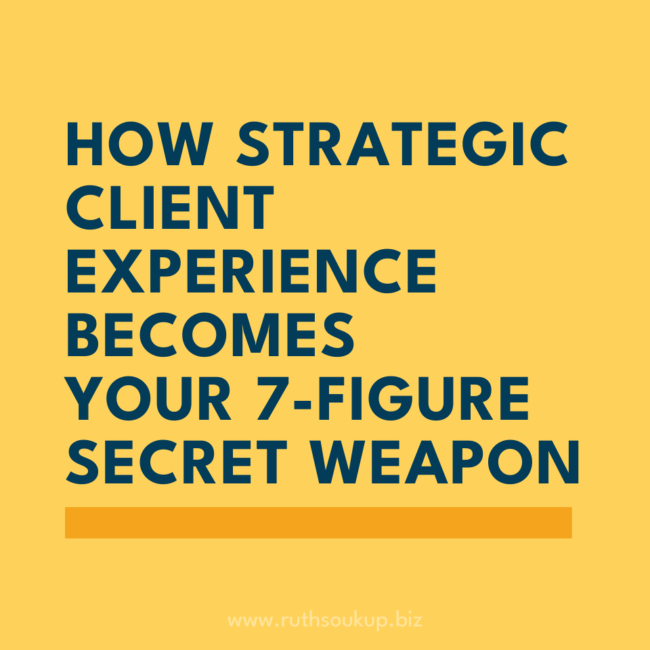
The Real Pain Point You Can’t Ignore
You didn’t build your business to answer endless emails, chase refunds, or soothe frustrated customers.
But if you’re anything like most entrepreneurs stuck in the messy middle—hovering between $100K and $500K in revenue—you’re starting to feel the cracks.
The 2 AM “emergency” emails from a panicked client that interrupt your family dinner. The same support questions you’ve answered 47 times this month. The nagging feeling that your customers are getting inconsistent experiences depending on whether you’re having a good day or running on fumes.
Here’s the truth nobody tells you: Exceptional client experience isn’t “nice to have.” It’s a non-negotiable system that determines whether you ever scale past where you are now.
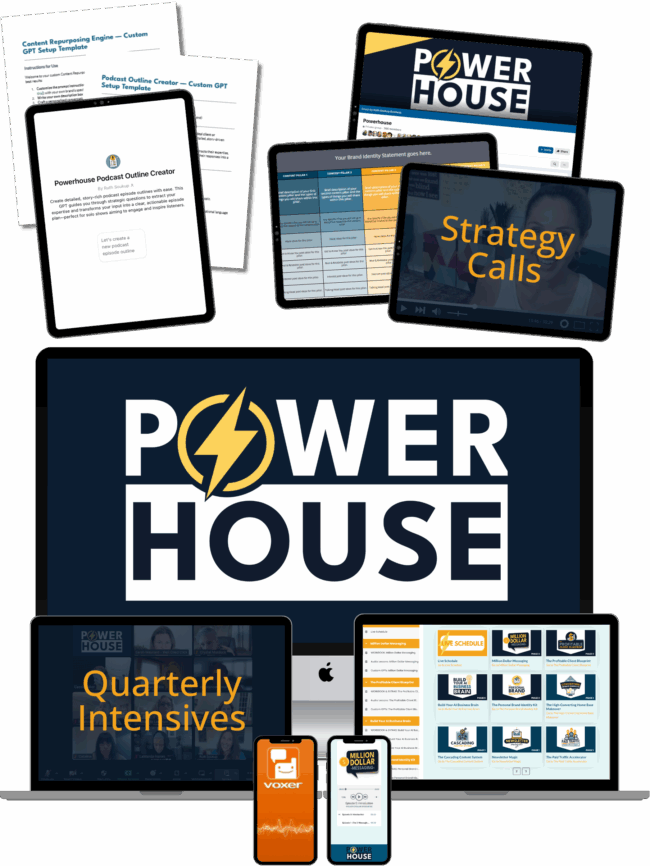
It’s Time to Take Your Seat at the Big Table
Let’s be honest—there’s a difference between having a business… and being in the room where real growth happens.
Powerhouse is our private coaching experience for online entrepreneurs who are ready to scale past six figures—and step fully into their next-level leadership.
It’s the big kid’s table. The one where strategy matters more than hustle, and every conversation moves you forward.
If you know you’re meant for more, this is your invitation to join us.
Because if you’re the bottleneck for every problem, you’ll never have the capacity to grow.
Today we’re pulling back the curtain on what scalable customer service actually looks like—and why it’s one of the smartest profit drivers in your entire business.
How I Learned This the Hard Way
When I was building my first multimillion-dollar brand, Living Well Spending Less, I thought “good customer service” meant personally answering every email with a smiley face.
At first, it worked. Kind of. I got a few “you’re amazing!” responses, and my ego felt pretty good about it.
But as our audience grew—so did the chaos.
Support tickets piled up. Refunds got messy. People fell through the cracks. And every “one quick question” stole hours from what really moved the needle—like creating better offers, building my funnel, or leading my team.
I was drowning in the operational weeds—and sabotaging my own growth.
It wasn’t until I built real systems—automations, SOPs, team roles, and scalable support assets—that the tide finally turned.
I remember the first day I didn’t touch a single support ticket. I felt guilty for about 5 minutes… until I realized I’d finally created what I’d built my business for in the first place: freedom.
Today, across multiple brands, we deliver a high-touch client experience without me being the bottleneck.
And guess what? Our retention, referrals, and lifetime value skyrocketed—because great client experience is about systems, not heroics.
The Big Shift: From “Reactive Service” to “Strategic Systems”
Here’s what you need to understand if you want to scale sustainably:
Exceptional client experience isn’t reactive. It’s built-in. It’s systematized. It’s strategic.
If you’re constantly “reacting” to problems, you’re not scaling—you’re surviving.
When you flip the script and engineer an intentional client journey—from first touch to raving fan—you create:
- Higher retention (because clients stay longer)
- More referrals (because the experience is share-worthy)
- Higher perceived value (because it feels premium)
- Fewer fires (because expectations are clear)
And you free yourself to actually lead your business.
Effort without a solid strategy is a waste. And nothing wastes more effort than reinventing your client experience every single time.
Your 5-Part Framework for a Scalable, High-Touch Client Experience
Want a client experience that wows—without burning you out or requiring constant hand-holding? Here’s the blueprint that actually works when you’re scaling:
1. Set the Right Expectations Upfront
Misaligned expectations cause 90% of customer service issues.
What to implement:
- Clear, concise onboarding emails
- Transparent refund policies and delivery timelines
- FAQ docs that answer unspoken questions
- Short “What to Expect” videos immediately post-purchase
Pro Tip: Never assume your clients know the process. Spell it out before they have to ask. Overcommunication is what builds trust.
2. Create Repeatable Processes for Common Touchpoints
If you’re answering the same questions or handling the same issues manually over and over…that’s not customer service. That’s bad operations.
What to implement:
- Automated onboarding flows
- SOPs for internal processes
- Canned email templates for common inquiries
- Pre-scheduled milestone messages (so clients feel seen)
Your clients don’t care if you typed every word by hand. They care that they feel supported, successful, and prioritized.
3. Use Strategic Automation (Without Feeling Like a Robot)
Automation isn’t about replacing humans—it’s about protecting your bandwidth so you can show up where it matters most.
What to implement:
- Self-service help centers
- Automated check-ins based on milestones
- CRM logic that routes the right message at the right time
- AI tools that handle low-level support and flag what actually needs your eyes
Used well, automation creates more space for human connection—not less.
4. Measure Satisfaction (Before It Becomes a Problem)
Most entrepreneurs wait until someone complains to ask for feedback. Don’t.
What to implement:
- Post-purchase surveys
- Proactive review requests
- Response time tracking + client satisfaction metrics
- Strategic “success checkpoints” built into your journey
You can’t improve what you don’t measure. And you can’t serve clients well if you don’t know where they’re getting stuck.
5. Empower Your Team to Own It
You can’t scale if you’re the only one making decisions.
What to implement:
- Train your team on values, not just scripts
- Give clear decision-making authority with boundaries
- Create decision trees for common support scenarios
- Celebrate problem-solving, not just following instructions
Systems create freedom—but only when your team knows how to run them without you hovering.
Mindset Shift: Systems = Freedom, Not Distance
One of the biggest mental blocks I see women entrepreneurs struggle with is this:
“If I systematize my customer service, it will feel less personal.”
Nope.
Systems don’t create distance. They create consistency.
They ensure every client—whether you have 10 or 10,000—gets a “wow” experience every time.
They free you to show up as the visionary—strategically, intentionally, without constantly being yanked back into the weeds.
Because here’s the truth: You can’t scale what you don’t systematize. And that applies to client experience just as much as marketing or fulfillment.
FAQ: How to Build a Scalable Client Experience That Grows With You
Why is scalable client experience important for online businesses?
Because customer service chaos is a profit killer. If you’re spending all day answering emails, managing refunds, and solving the same problem 20 different ways, you’re not leading—you’re firefighting. A scalable client experience ensures every customer gets support, clarity, and care without you being the bottleneck. It boosts retention, referrals, and perceived value while protecting your time.
How do I know if I’m the bottleneck in my customer experience?
If support stops when you’re unavailable… you’re the bottleneck. If every decision requires your approval… you’re the bottleneck. If you’re still typing custom replies to every support question… you’re absolutely the bottleneck. A true CEO builds systems and roles that deliver a consistent experience without constant personal involvement.
What’s the first step to improving customer service in a growing business?
Start by setting clear expectations from day one: transparent onboarding emails, “What to expect” videos, refund policies and timelines, and FAQ documents that answer real objections. When clients know what to expect, they trust you faster—and need you less. That’s the foundation of scale.
How can I use automation without losing the personal touch?
Smart automation protects your time. It doesn’t replace connection—it makes room for it. Use automation to deliver onboarding sequences, send milestone check-ins, route inquiries based on urgency, and offer self-service solutions before human support. Automation doesn’t have to feel robotic. Done right, it enhances the client experience.
What systems should I have in place to deliver consistent support?
At a minimum: documented SOPs for every recurring support scenario, email templates for FAQs or refund requests, milestone-based messaging to guide the client journey, and team ownership over support channels (not just you). This structure ensures your clients feel taken care of—even when you’re offline or scaling.
What tools help simplify and scale client communication?
Here’s a simple, scalable stack: Help Desk (HelpScout, Zendesk, or Gorgias), Automation (ConvertKit, ActiveCampaign, or Flowdesk), SOP Storage (Notion, Google Docs, or Trainual), Project Management (Asana or ClickUp), and AI Support Tools (ChatGPT-based autoresponders, CRM flags). You don’t need 100 tools—just the right ones, used consistently.
What’s the biggest mistake entrepreneurs make with customer service?
Equating “personal” with “manual.” You don’t need to handwrite every response to deliver exceptional service. What your clients actually want is clarity, fast answers, and predictable results. You can deliver that every time with systems.
How can I get my team to take ownership of the client experience?
Train them on values, not just tasks (why we serve, not just how), decision-making frameworks (what to do when X happens), clear authority boundaries (what they can handle without you), and celebrate wins and solving problems independently. When your team is empowered, support becomes proactive—not reactive.
Will systematizing my client experience make it feel less personal?
Not at all. Systems create consistency. Consistency is what makes your client experience feel premium, professional, and high-touch. When expectations are clear and service is seamless, clients feel cared for—not ignored. The best customer experiences feel effortless. That’s the power of a system that runs without you.
Ready to Build Strategic Systems That Scale Your Entire Business?
If you’re serious about scaling without burning out, it’s time to stop winging it.
Client experience is just one piece of the strategic infrastructure you need to build a 7-figure business that doesn’t consume your life. But here’s what I’ve learned after building four separate multimillion-dollar brands: you can’t systematize just one area and expect everything else to work smoothly.
You need a comprehensive approach. You need strategic systems across every part of your business—from client experience to marketing to fulfillment to team management.
If you’re tired of being the bottleneck in every area of your business and ready to build something that truly scales—if you understand that sustainable growth requires strategic infrastructure, not just good intentions—you’re exactly who Powerhouse was built for.
This isn’t about adding more tools or tactics to your overwhelm. It’s about building strategic systems that work together to create the kind of business that runs without you micromanaging every detail.
Powerhouse is my implementation program for established entrepreneurs who are done firefighting and ready to build strategic infrastructure that scales.
But here’s the thing: Powerhouse isn’t for everyone.
It’s for business owners who understand that client experience is just one system in a larger ecosystem. It’s for entrepreneurs ready to invest in comprehensive strategic frameworks, not quick fixes.
Think that’s you?
When your application is approved, you’ll get access to my private training on building scalable business infrastructure—including the exact client experience systems I used to create multiple 7-figure brands that deliver exceptional service without me handling every support ticket.
But first, you need to apply and show me you’re serious about building systematically across your entire business, not just patching one problem at a time.
The longer you stay trapped in reactive mode, the more growth you sacrifice to operational chaos.


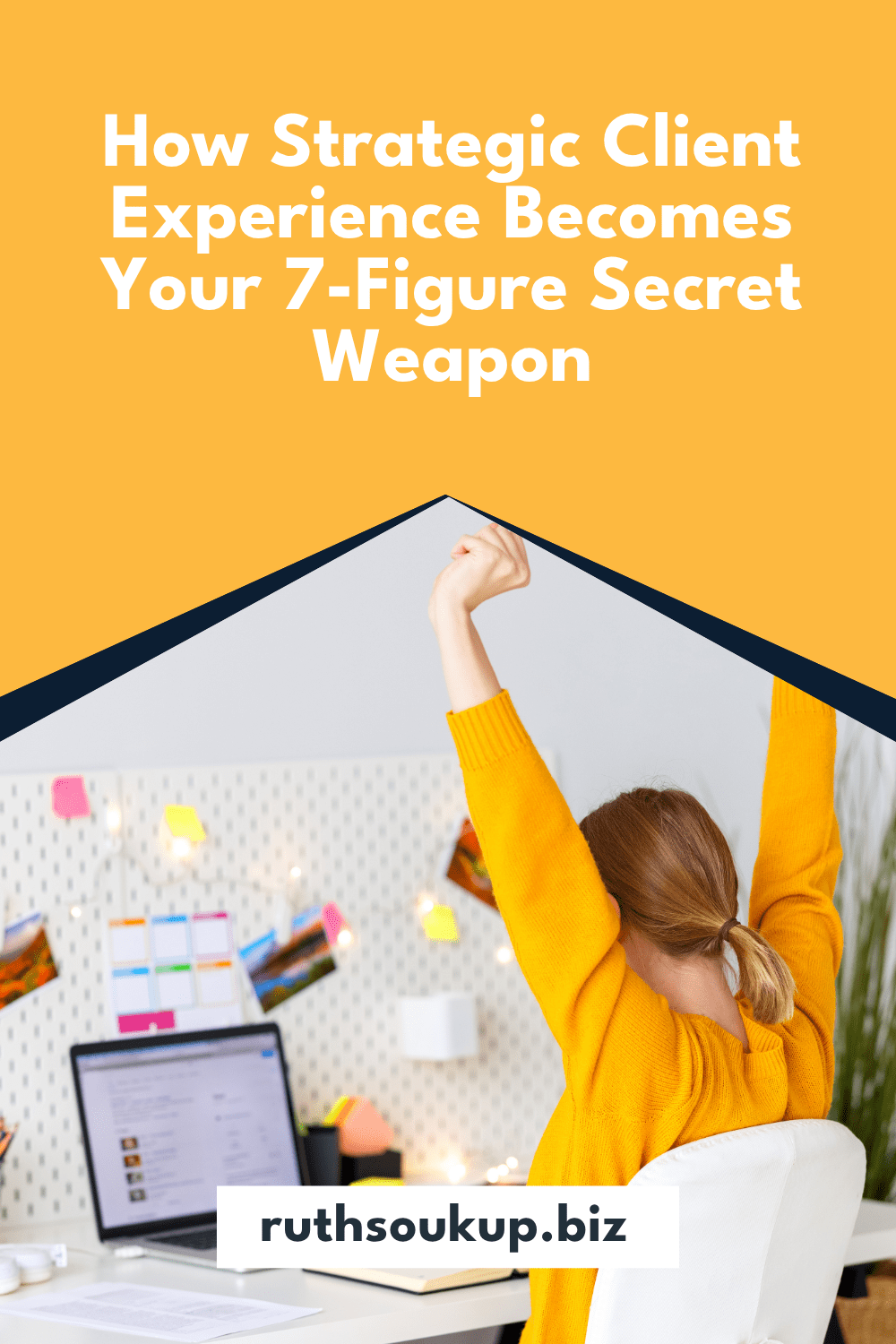





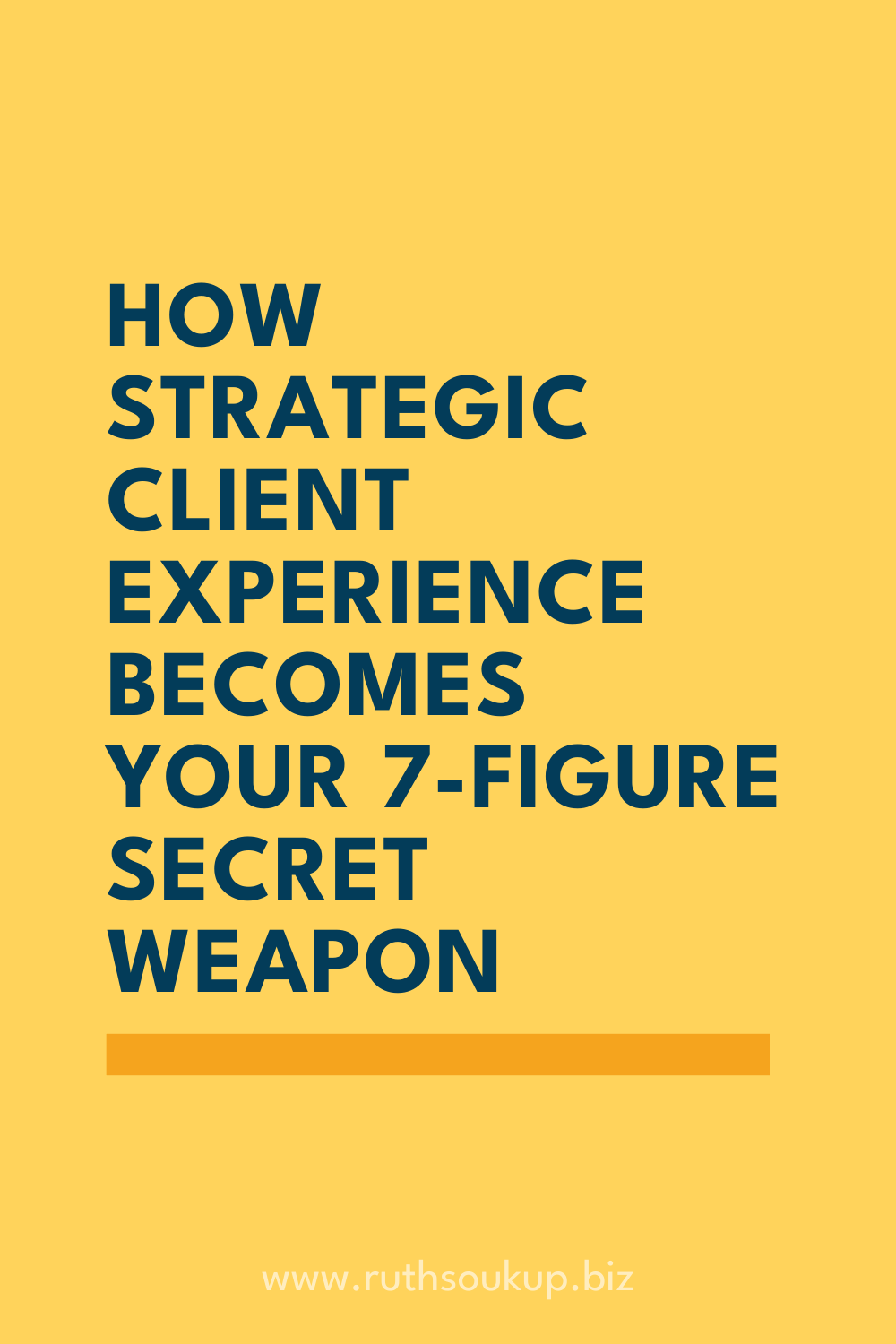
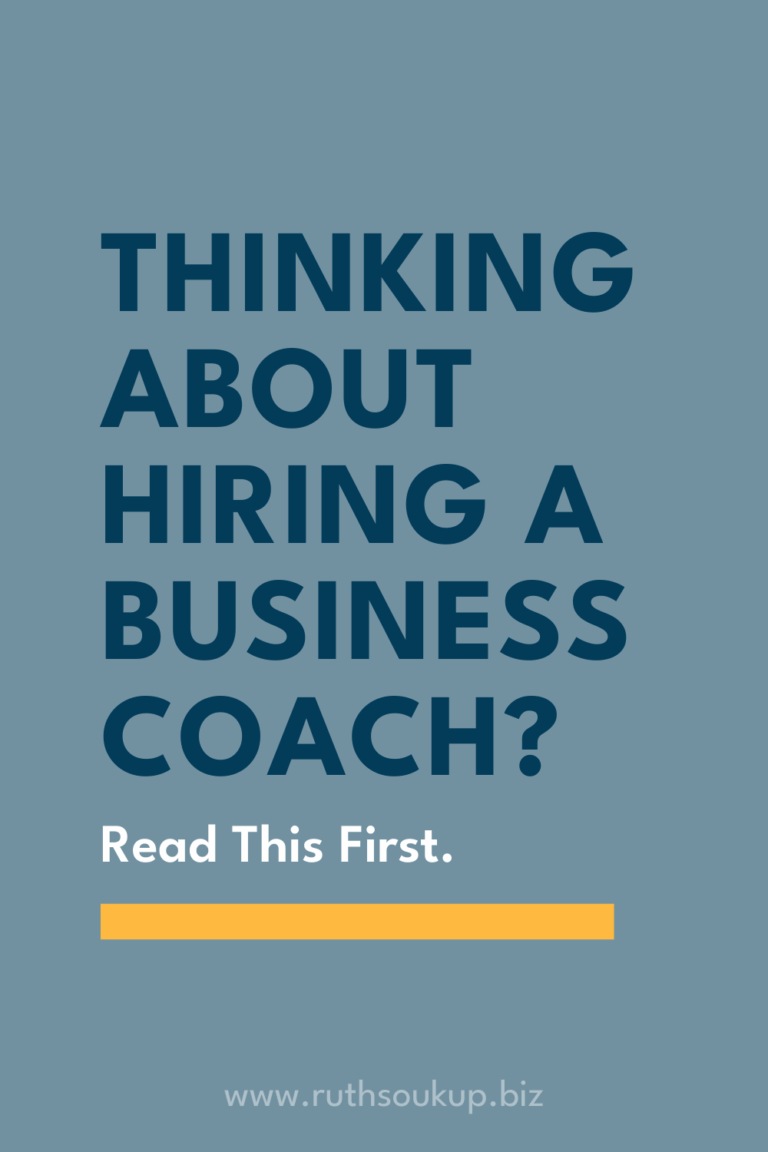

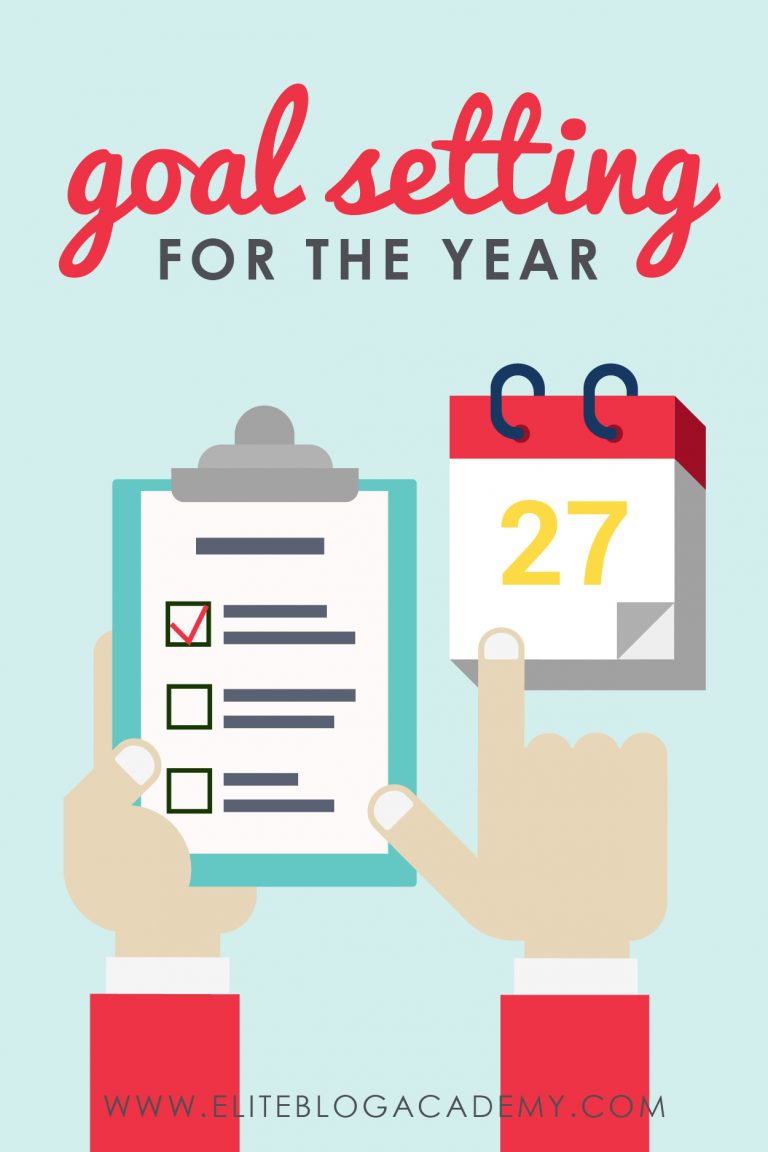
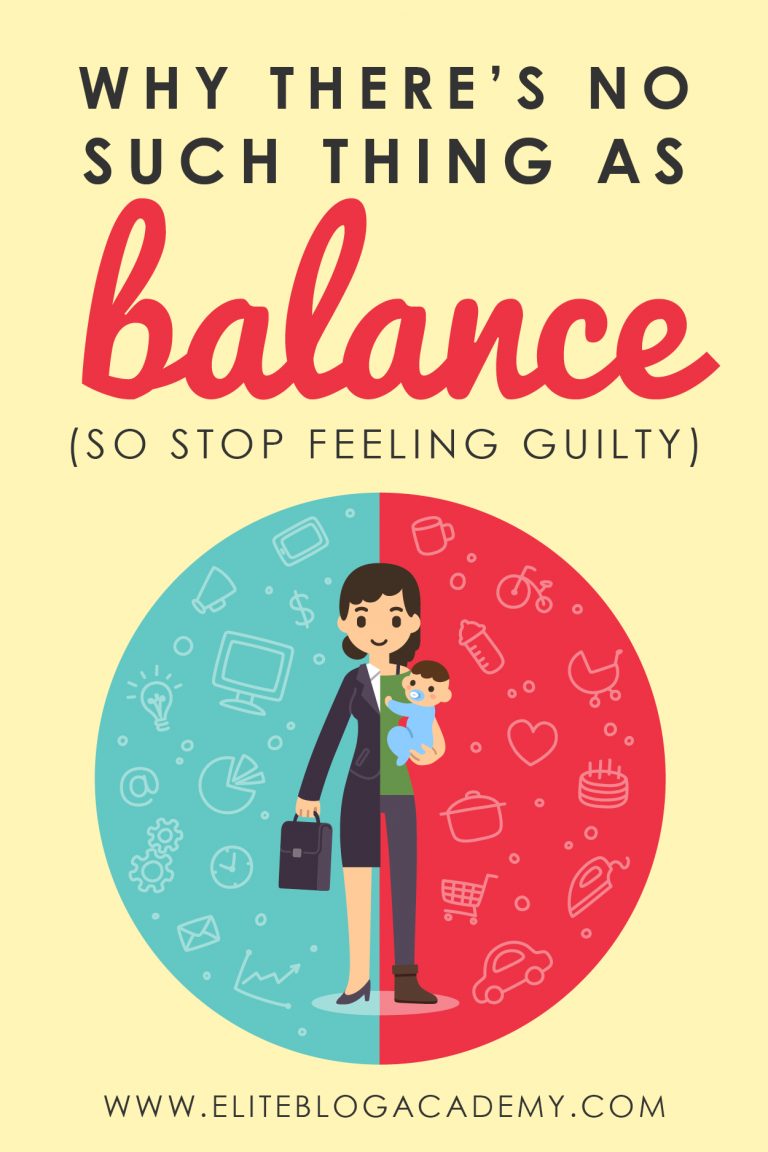


As always, thanks Ruth!